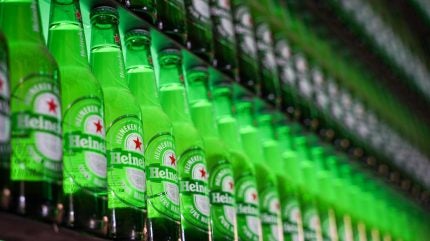
“Today marks a transformative milestone for Heineken,” CEO Dolf van den Brink said as the brewing giant announced a $3.2bn deal for a clutch of beer, soft drinks and retail assets in Central America.
The brewing giant will have its hands full but, for its first big M&A deal for four years, it looks sensible.

“Today marks a transformative milestone for Heineken,” CEO Dolf van den Brink said as the brewing giant announced a $3.2bn deal for a clutch of beer, soft drinks and retail assets in Central America.